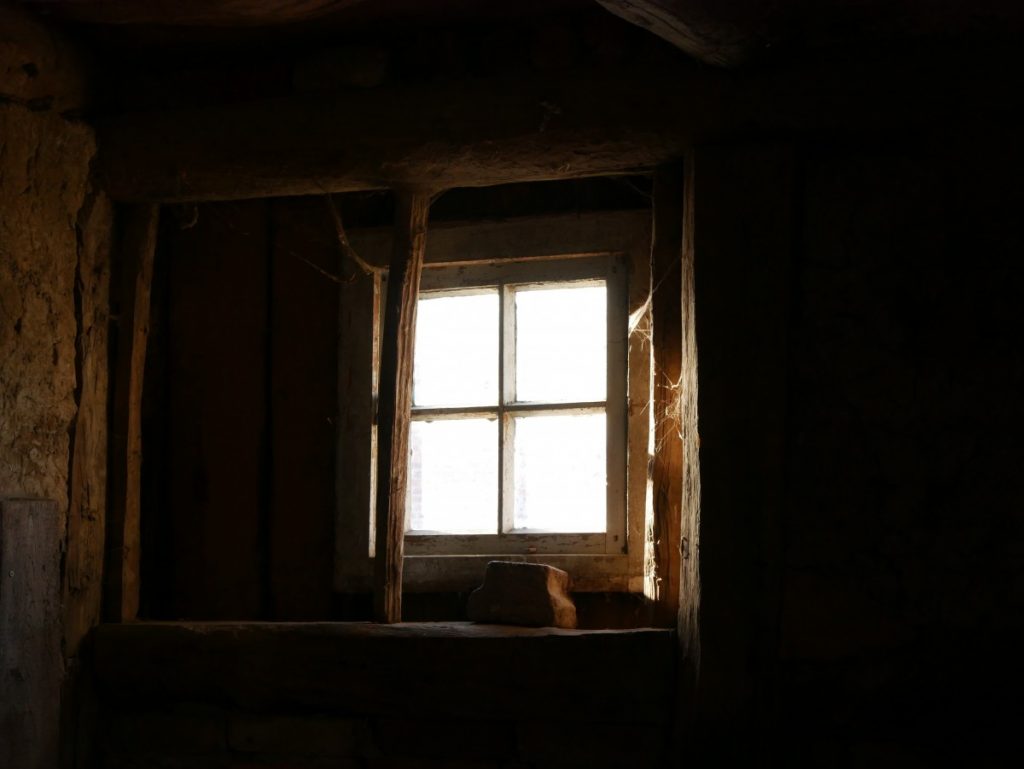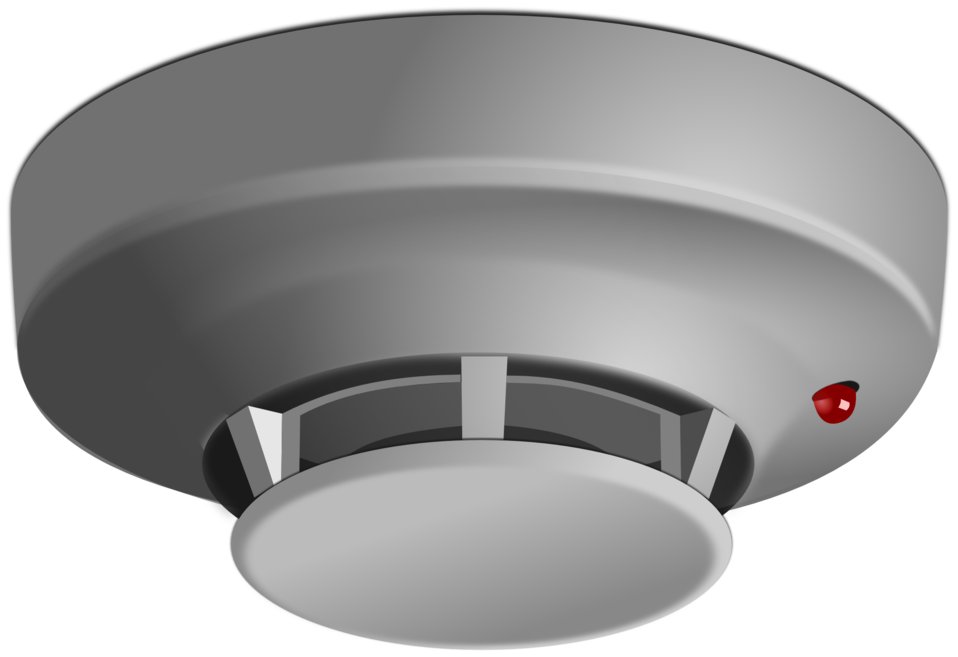When we work with our residential customers, we create a complete security plan based on their unique security needs. A large part of a household’s security profile comes from their living situation. For example, factors such as the age of a home’s residents or the frequency of family vacations play a large role in determining how we secure a home. However, families often fail to overlook the age of a house as a major security factor. Believe it or not, a home’s age can create its own unique security pitfalls. In this post, we’ll show you how we create security for older homes.
First, we’ll explain why this area of security deserves special focus. Doing so will provide a good base for the rest of the material presented here. From there, we’ll focus on addressing specific security threats. While these threats may also affect other homes, they affect older homes on a much greater level. Specifically, we’ll start by looking at door and window security measures. Then we’ll share how we can how we can work in homes made without electrical work in mind without damaging the house or creating an unsightly alarm installation. Finally, we’ll show you how we can use monitored fire detection to add security for older homes. Now, let’s jump in with an overview of security threats faced by these houses!
Why We Focus on Security for Older Homes
When it comes to securing older homes, we have a couple factors to deal with. First and foremost, these houses often have outdated and deteriorating locks on their points of entry. This can affect doors and windows equally. Outdated locks provide little security against modern burglary methods and tools. Furthermore, rotting wood frames provide little structural security. We’ll look at ways that we can address these issues shortly.
Additionally, we’ll dsicuss the importance of alarm systems in securing older homes against multiple security threats. In older homes, we must also take care how we install this security. Older homes were often built without electrical wiring in mind. This makes it more difficult to use traditional means of installation. Luckily, we have modern technology that we will show you that makes working in these homes a breeze! Finally, older homes often require fire security that their modern counterparts do not. In fact, insurance companies often require owners of these houses to install monitored detection for this possibility. This rings especially true for historical homes. For this reason, we’ll spend a section on adding this valuable life security that doubles as life safety as well. Let’s now move on and see how we add window and door security to older homes.

While basement windows such as this one may escape your attention most of the time, shoring up the security on your older windows is a security necessity.
Beefing up Door and Window Security
We think of the locks on your windows and doors as your “first line of security.” Unfortunately, as we mentioned, older homes often have outdated and poorly-performing locks. Combined with aging frames, this often leads to major security issues. Taking a quick visual inventory of your doors and windows can go a long way towards addressing these issues. If you’ve had the same keys for more than a decade or two, consider upgrading your locks! Also replace any loose window locks that you may find, as well as installing additional locks to keep windows from opening too far if pried from the outside.
Finally, call a door and window company for help with any doors, windows, or frames in need of work. The best locks in the world do very little to stop someone from breaking in when they can break down the frame surrounding any opening! Finally, consider installing a monitored burglar alarm with sensors on your home’s entry points. Perhaps more than any other tips described here, this can ensure that you know if someone attempts to breach your home. We’ll discuss the installation of alarm equipment in more detail in the next couple sections. To begin, let’s take a look at how we install these alarms easily, despite the home’s age.
Creating an Unobtrusive Alarm Installation
Traditionally, installing security systems involves running wiring from a main control panel to every alarm sensor. However, modern wireless alarm technology has made it unnecessary to do this in today’s day and age. We can install wireless alarm contacts in areas of the home where we cannot run wires. In older homes built without running wiring in mind, this proves especially helpful. The latest and greatest alarms have made installing security for older homes even more convenient and efficient.
Traditionally, even alarms equipped with the ability to communicate with wireless sensors still required us to wire an alarm’s keypads and sirens back to the alarm’s panel. However, we can now install “all-in-one” alarms with a self-contained panel/keypad unit that even includes the alarm’s main siren! These systems, such as our preferred QOLSYS IQ Panel, provide seamless installation. This security system allows us to create a fully wireless alarm installation. We can simply plug this alarm in to any outlet and install wireless sensors throughout your home. The ability to design and install a full security system without any risk of damage to your home make these alarms incredibly popular. Now, let’s see how we can take your alarm and add valuable fire security and life safety all at once.
Adding Monitored Fire Detection
Some people think older homes will burn more quickly than newer ones due to their age. However, newer homes often burn more quickly, as their builders often use less permanent materials and methods of construction than those used for older homes. Despite this fact, we still put an emphasis on fire security in older homes. We have a couple reasons for this. For starters, we’ve mentioned that older homes were often built without electrical wiring in mind. This can lead to less-than-ideal situations with the wiring and installation methods of electricity in these homes. Additionally, the wiring in these homes do not always have the capacity to handle the electrical needs of today’s households. The various televisions, microwaves, and other appliances we use can overload older electrical methods.

Installing monitored smoke detection in your home creates a fire department dispatch when your alarm detects a potential fire-related emergency.
Secondly, as we mentioned earlier, insurance companies often require monitored fire detection to insure older homes. The increased risk of fire makes some companies hesitant to take these cases on. For these reasons, we place a special focus on installing monitored smoke and heat detection as a measure of security for older homes. Monitored fire detection creates an automatic fire department response to a fire in your home. In turn, this greatly reduces the risk of losing your house to a fire. More importantly, adding this security can also save the life of you or a loved one! For these reasons, we highly recommend prioritizing the installation of this valuable life safety equipment.
Putting it All Together
We hope that this post hows you how we add security for older homes, and why we must pay so much attention to the unique threats outlined here. Moreover, we encourage you to contact us with any questions you may have about the material in this post. We will gladly answer any security-related inquiries you may have. Additionally, we also invite you to take care of our free site survey program. We offer these security audits and equipment quotes at no cost to both new and existing customers alike. While on site, we can address any and all existing concerns of yours. Furthermore, we can also make recommendations based on what we find during our visit.
Maybe you have an alarm in place, but wish to utilize some of the equipment outlined here. Or, maybe you have very little security right now, and wish to get started. Either way, we are happy to help! We’ve worked with hundreds of customers in security design over our 34 years — and counting — in business. Together, we can design a complete security plan to keep you, your home, and your family as safe and secure as possible.
